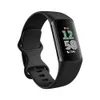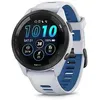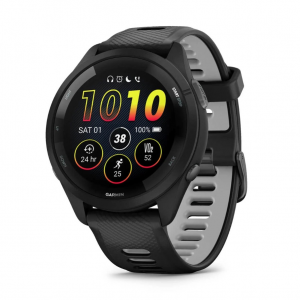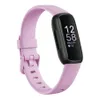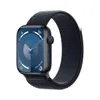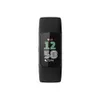I tried the new Helio smart ring — 5 things that surprised me about this budget-friendly Oura alternative
The Helio smart ring requires no subscription
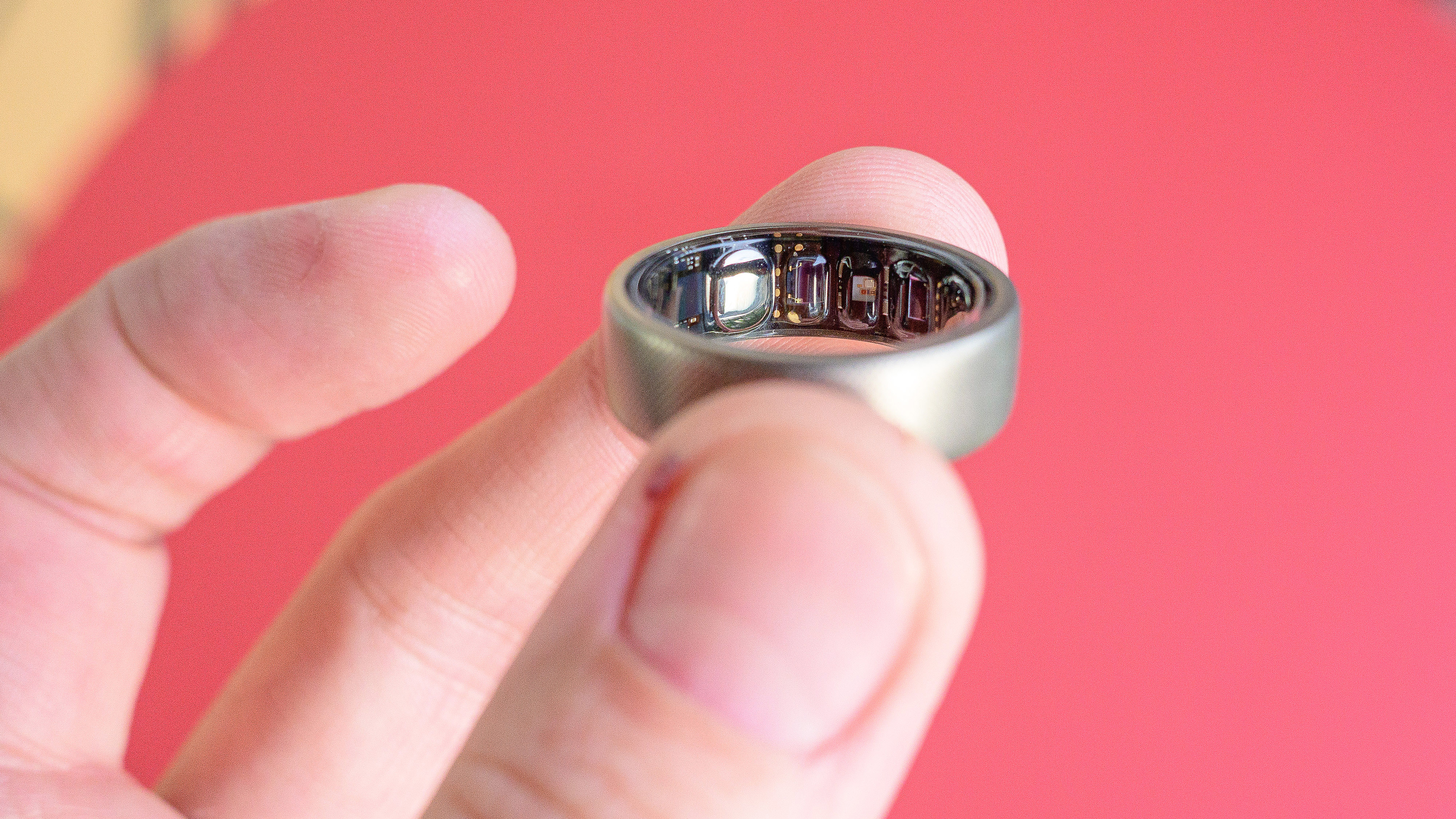
2024 is shaping up to be a great year for smart ring fans. The Samsung Galaxy Ring launched in the middle of the year, jumping straight in as one of the best smart rings. And it's looking increasingly likely that the Oura Ring 4 will make an appearance before the year is out.
We also saw the surprise debut of the budget-minded Amazfit Helio Ring at CES in January, which beat the aforementioned devices to the punch with sales beginning early in the summer.
Although I've now published my full Amazfit Helio Ring review, these were the first impressions I had when I got my hands on the Helio Ring, size 12 in Titanium. Over 36 hours, I got an initial sense of how comfortably it wears, the breadth of its data, and build quality.
1. I's ridiculously lightweight
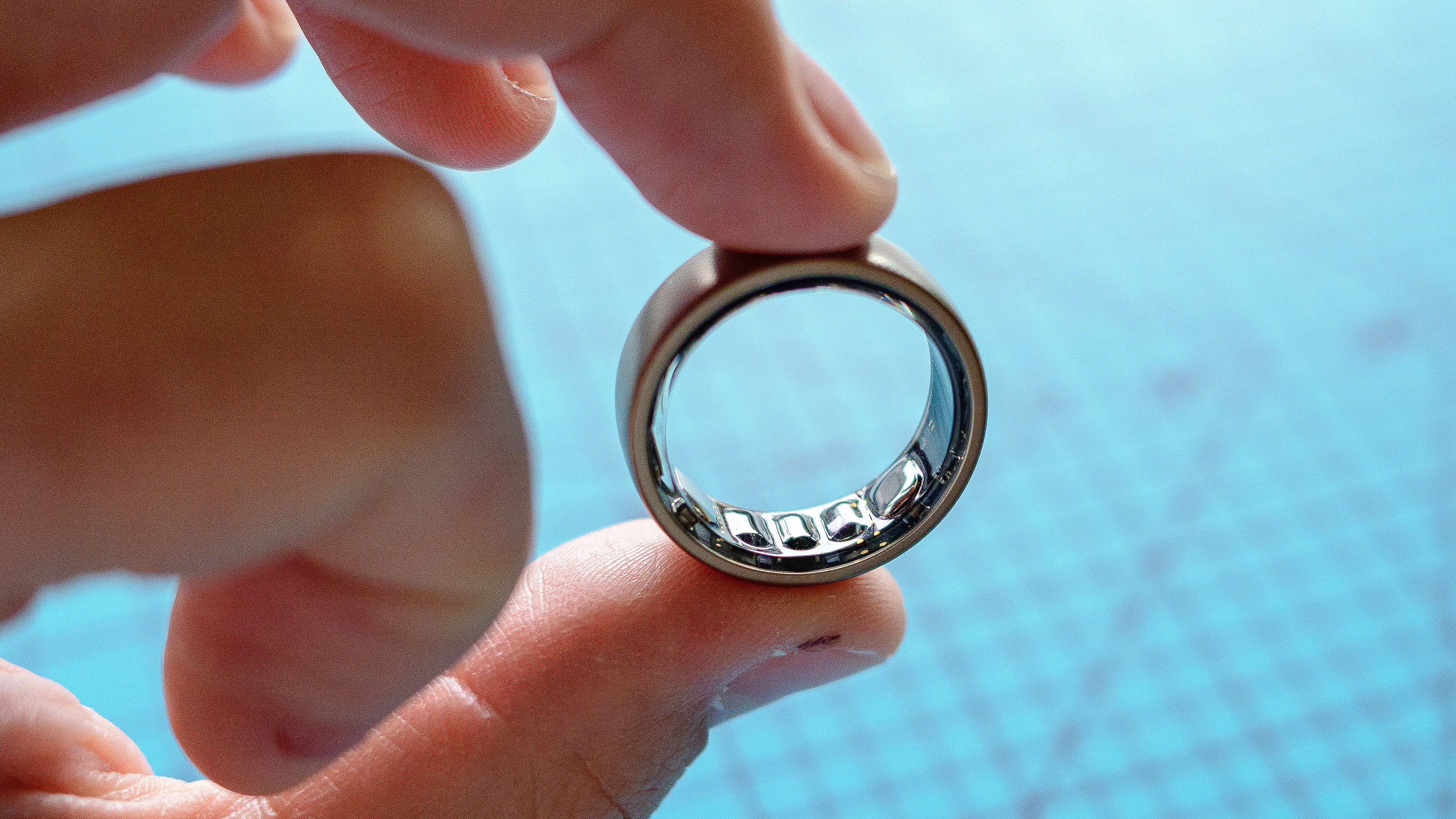
The first thing I took note of upon sliding the Helio Ring onto my index finger is just how lightweight it is. At a little under 4g and 2.6mm thick, it's a little lighter than even the Oura Ring and surprisingly comfortable to get used to.
I say surprisingly because I am not someone who ordinarily wears a ring on any of my fingers; I was a little bit worried when the device showed up at my door because I feared I'd loathe wearing it. Of course, as someone who covers smart wearables, that anxiety is one I was willing to face but fortunately didn't need to.
The Helio Ring is made from titanium alloy on the outside with a plastic interior protecting the sensors. Despite its featherweight footprint, the Helio feels exceptionally well made. Frequent bumps and scrapes against items in my home, with no blemishes to speak of, are proof of this.
2. I don't mind wearing it to bed
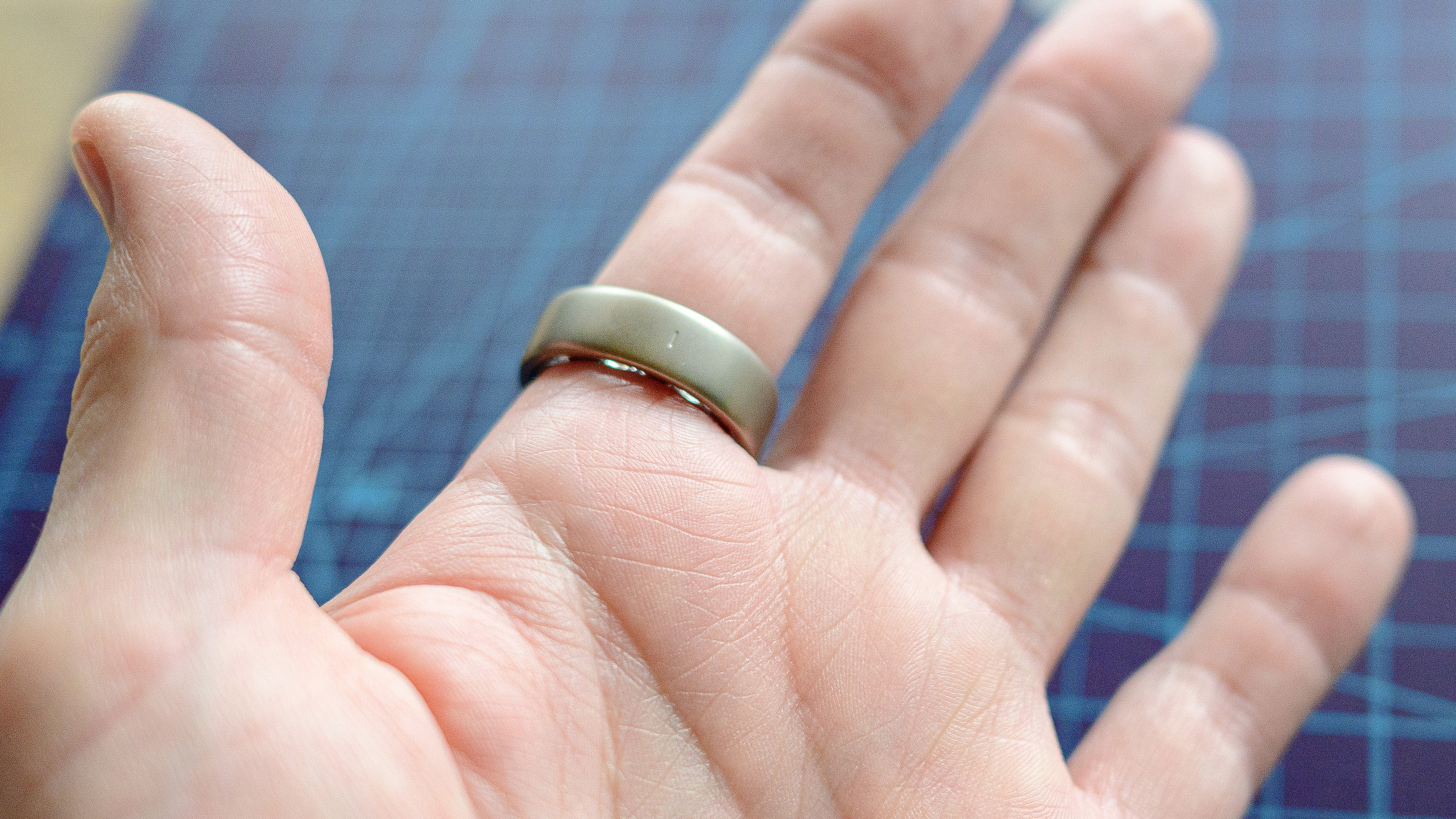
Speaking of comfort, I'm not a huge fan of wearing a smartwatch to bed. However, I appreciate insights into nightly sleep quality and restfulness. So, discomfort aside, I try to wear one as often as I remember to.
Sign up to get the BEST of Tom's Guide direct to your inbox.
Get instant access to breaking news, the hottest reviews, great deals and helpful tips.
The Helio Ring, on the other hand, is the smart sleep-tracking device I've been waiting for because it's so much less annoying to deal with. On my first night with it on, I quickly forgot it was there, slept well, and most importantly, didn't bonk my partner in the head with it while turning over as I have in the past while testing chunky smartwatches.
3. No subscription needed
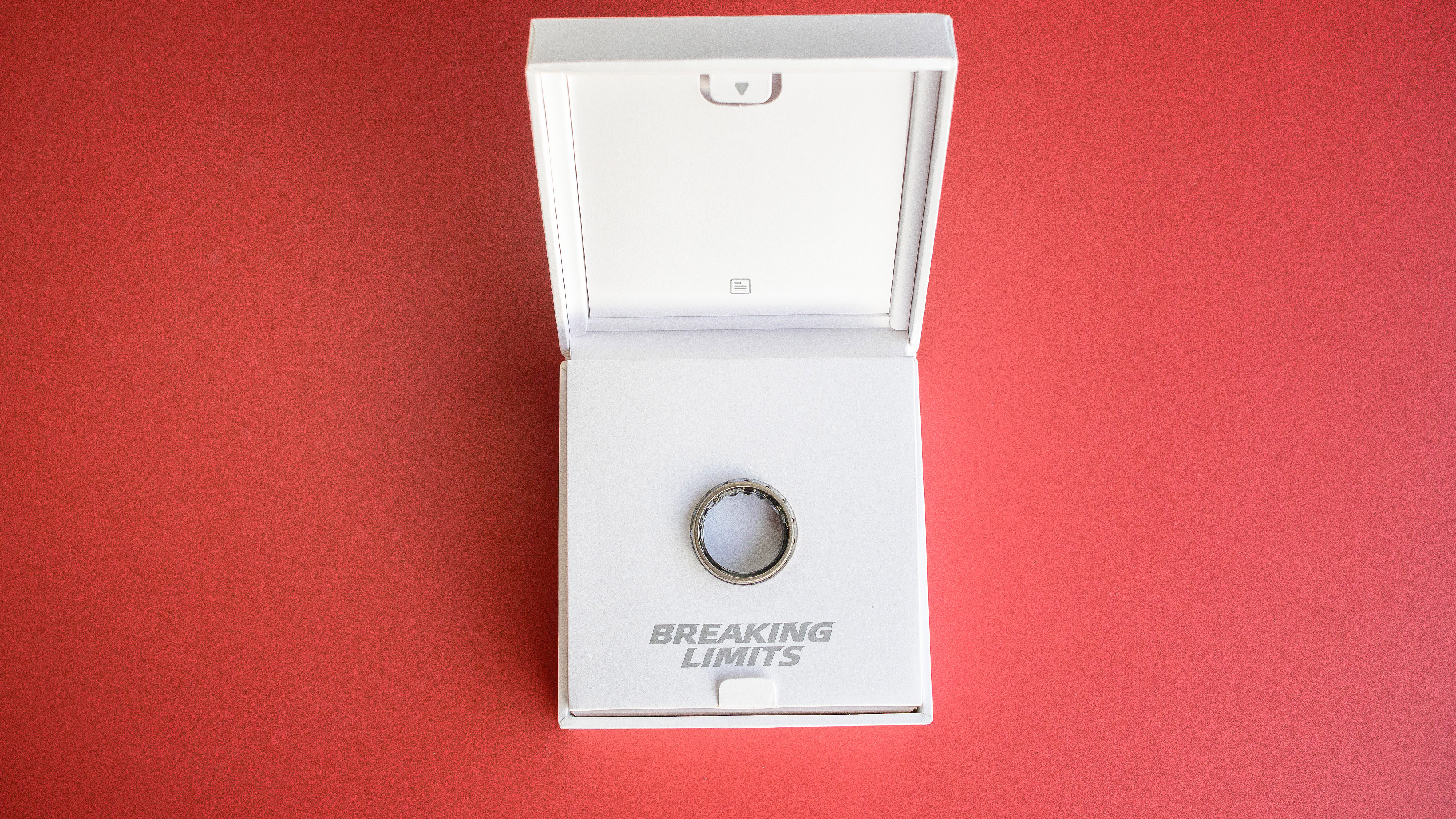
One of the biggest downsides of the Oura Ring is the mandatory subscription cost, which is $5.99 for the month or $69.99 for the year; and that's unlikely to go away, according to Oura's CEO.
The Helio Ring, on the other hand, requires no subscription. However, shelling out for either the Zepp Aura or Zepp Fitness apps unlocks additional features and insights. To get a feel for both, the Helio Ring comes with a three-month trial of the former and a six-month trial of the latter.
Hardware-wise, the Helio and Oura smart rings start at comparable prices. The Helio Ring is $299 in all sizes (only titanium is available at launch), the same as the Oura Ring 3 Heritage model in black or silver. However, the higher-end (and sleeker) Oura Ring Horizon model starts at $349 and goes up to $549 in rose gold.
4. It records the metrics I care about
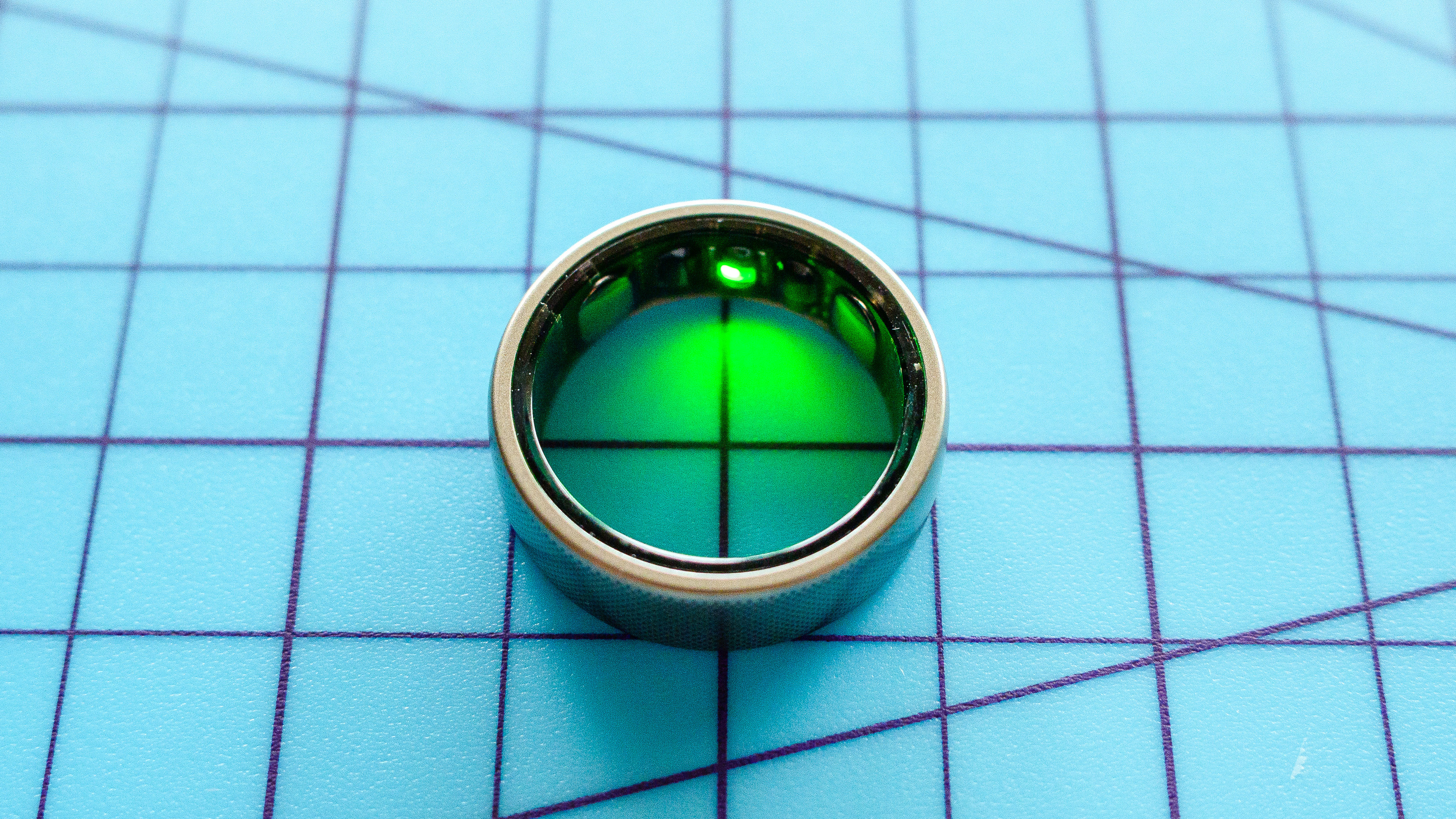
The Amazfit Helio is intended to be worn alongside one of the brand's smartwatches, like the Balance. While I plan to fully test the two in conjunction, there are plenty of useful metrics the Helio Ring records on its own, including those that matter most to me, like sleep score, sleep stages, daily readiness, workout recovery time, breathing quality, blood oxygen levels and stress.
5. Setup was a breeze

This isn't my first time testing an Amazfit device, so I already had the Zepp health app downloaded and just needed to update it. Similarly, I had already set up a basic profile with my height, weight, gender and workout goals.
However, from past experiences, these factors don't necessarily guarantee a quick and easy setup process. Even the best smartwatches occasionally suffer from mind-numbingly long out-of-box firmware update times.
This wasn't the case with the Amazfit Helio Ring whatsoever. Pairing occurred on the first try and updating the ring's firmware to its latest version took less than five minutes. All-in-all I was ready to go in a cool 15.
Amazfit Helio Ring: more to come
Ultimately, to get a full sense of the Helio Ring and its capabilities, I'll need to spend more time wearing it; many of the health monitoring features like sleep apnea and insomnia detection don't kick in until after a full week of data collection.
For now, initial impressions are positive: the Helio Ring is comfy, well-made, easy to use and records the basic metrics that matter most. More to come soon.
More from Tom's Guide
- Google Pixel Watch 3: Everything we know so far
- I walked 5K+ steps with the G-Shock Move and Polar Grit X2 Pro— here's the winner
- Garmin Epix Pro vs. Polar Grit X2 Pro – which GPS adventure watch goes the distance?
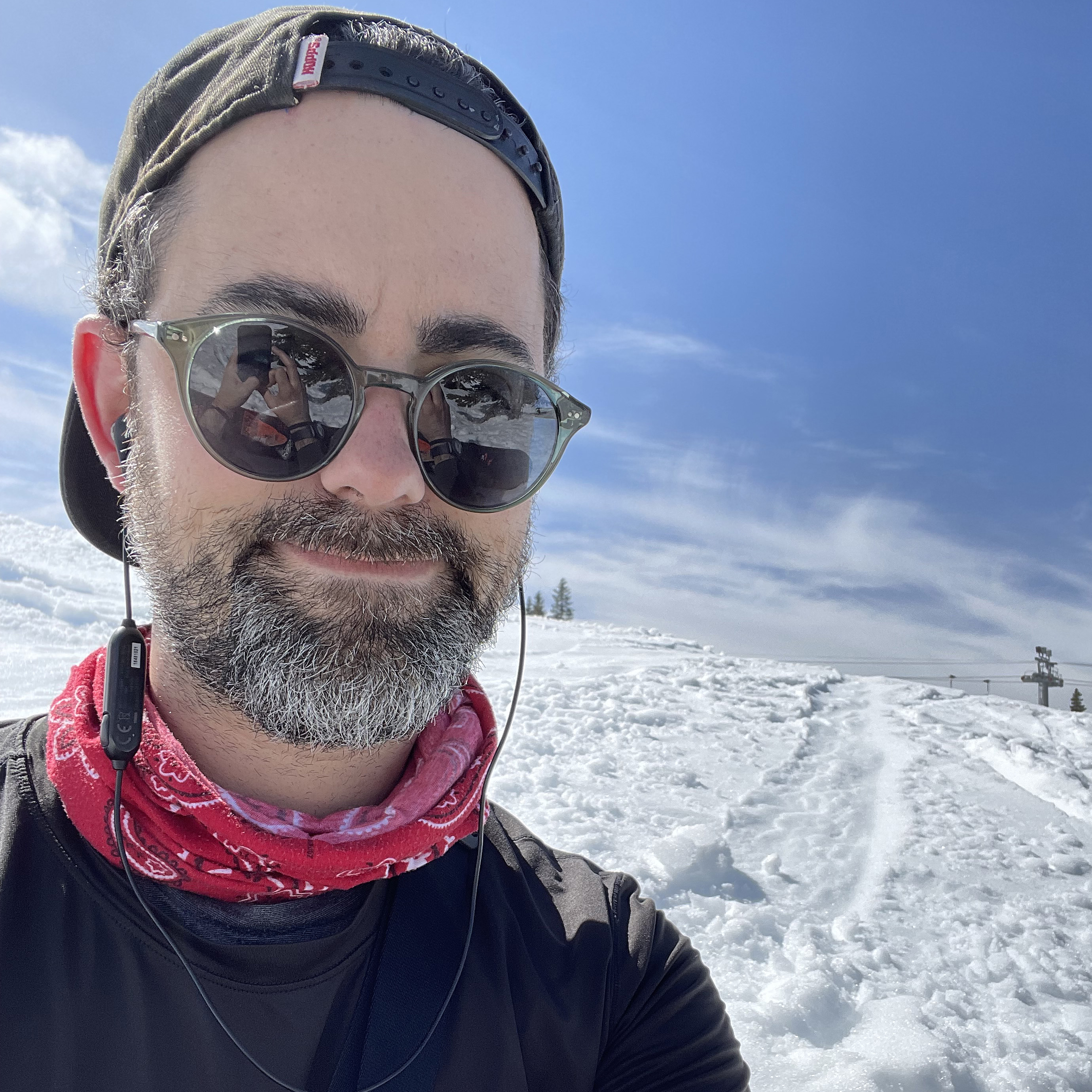
Dan Bracaglia is the Tom’s Guide editorial lead for all things smartwatches, fitness trackers and outdoor gear. With 15 years of experience as a consumer technology journalist testing everything from Oura Rings to instant cameras, Dan is deeply passionate about helping readers save money and make informed purchasing decisions. In the past year alone, Dan has assessed major product releases from the likes of Apple, Garmin, Google, Samsung, Polar and many others.
An avid outdoor adventurer, Dan is based in the U.S. Pacific Northwest where he takes advantage of the beautiful surroundings every chance he gets. A lover of kayaking, hiking, swimming, biking, snowboarding and exploring, he also makes every effort to combine his day job with his passions. When not assessing the sleep tracking and heart rate accuracy of the latest tach gadgets, you can find him photographing Seattle’s vibrant underground music community.
